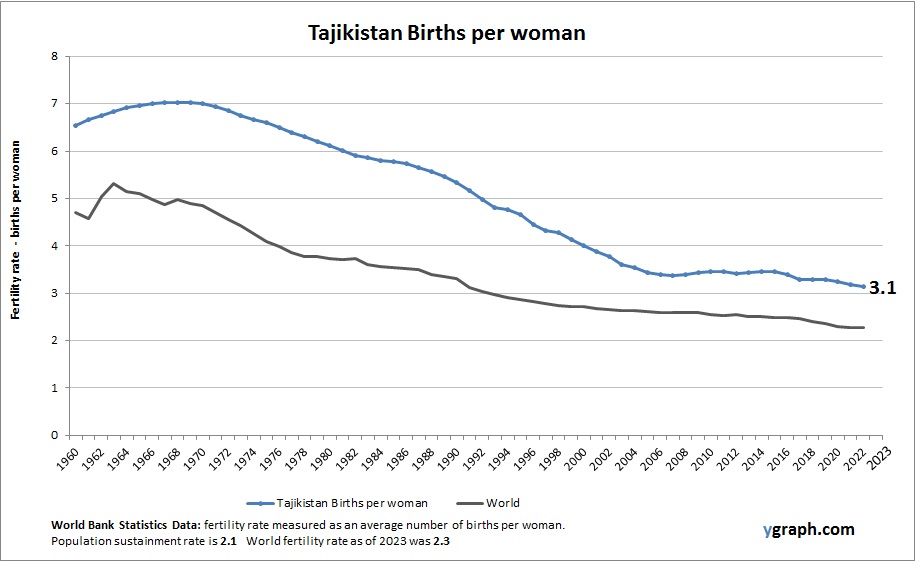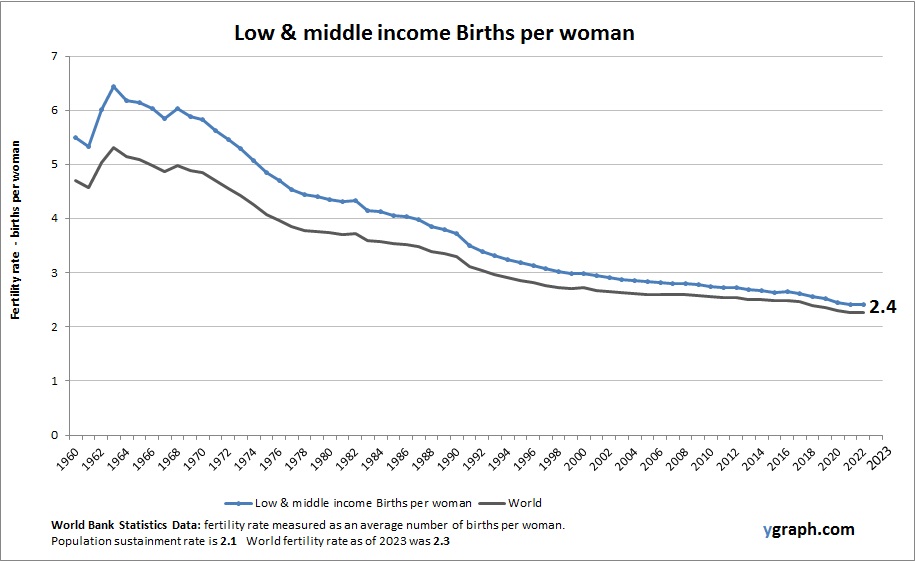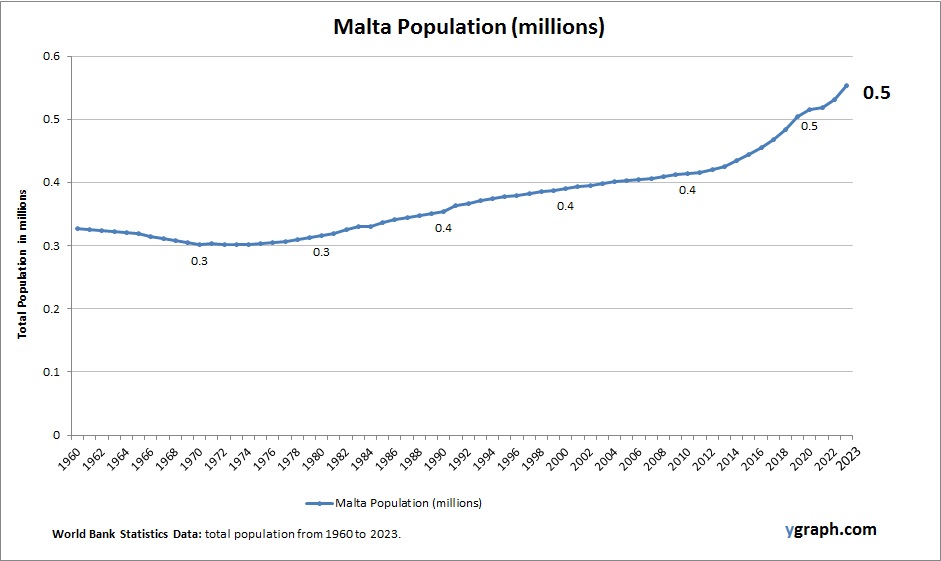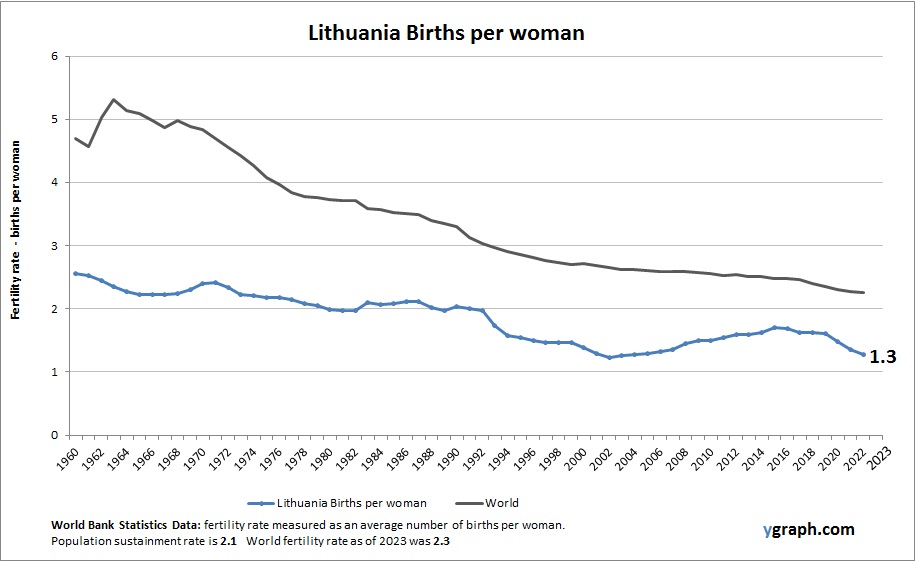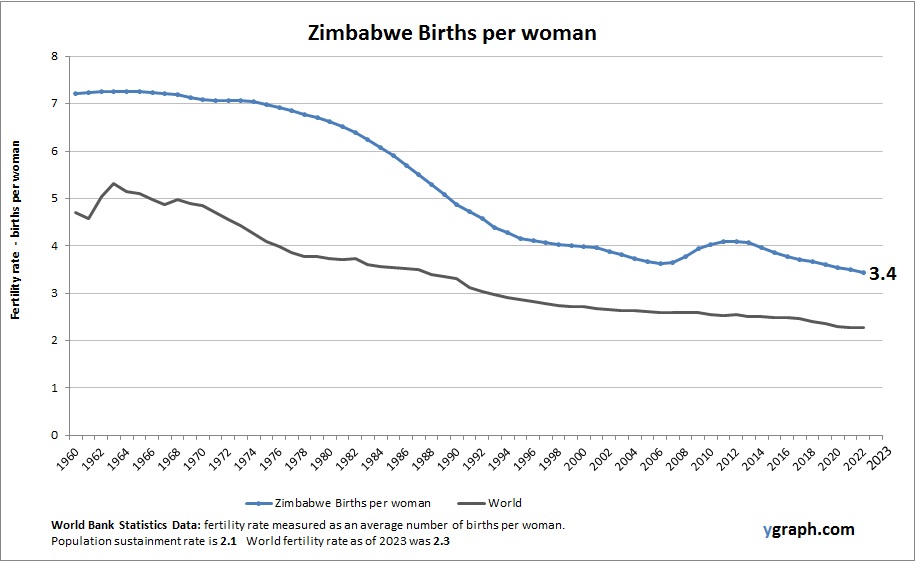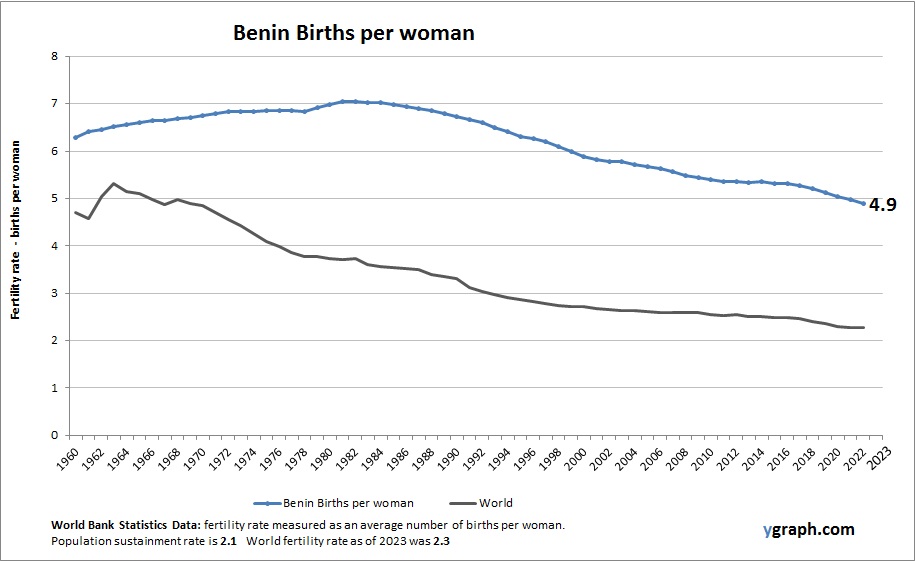This diagram presents Tajikistan Births per woman. The fertility rate statistics are compiled by World Bank. Based on the latest available information for Tajikistan.
Tajikistan has a relatively high fertility rate, though it has begun to decline slowly. Traditional family values remain strong, and many families have multiple children. Rural areas show higher birth rates than urban centers, where education and access to reproductive health services are more prevalent.
